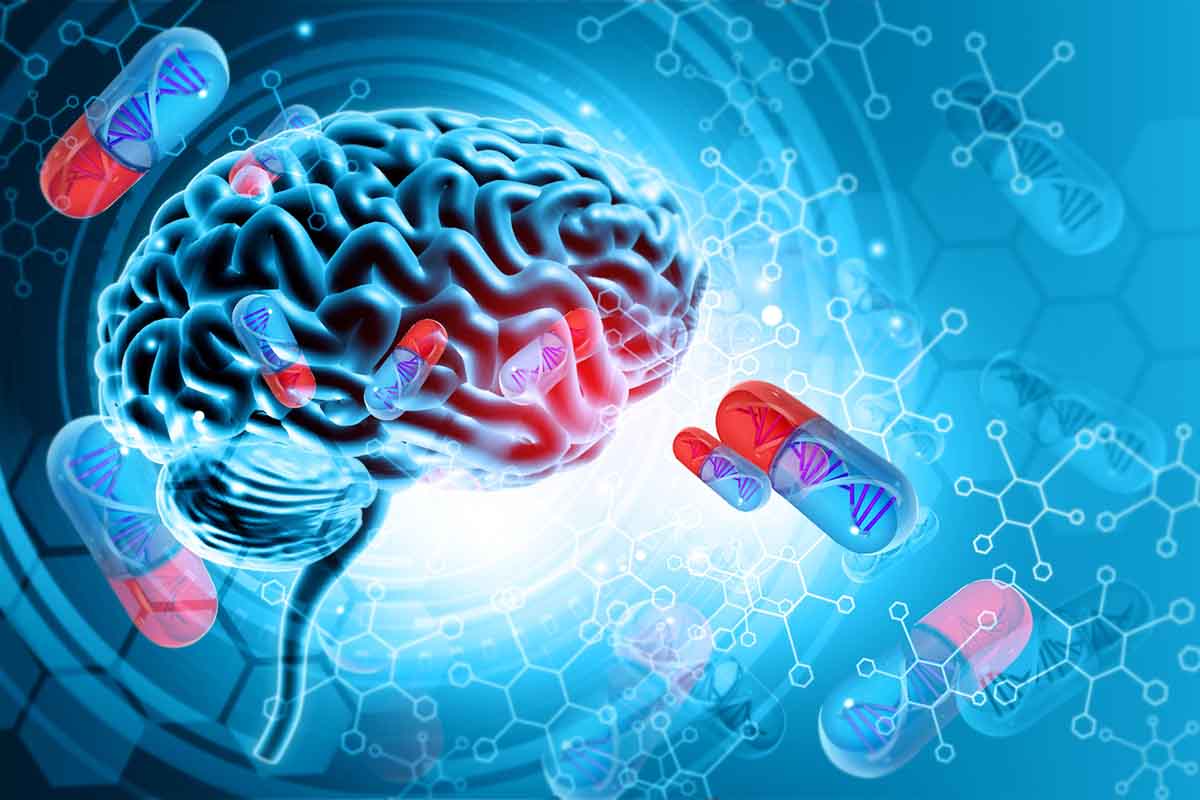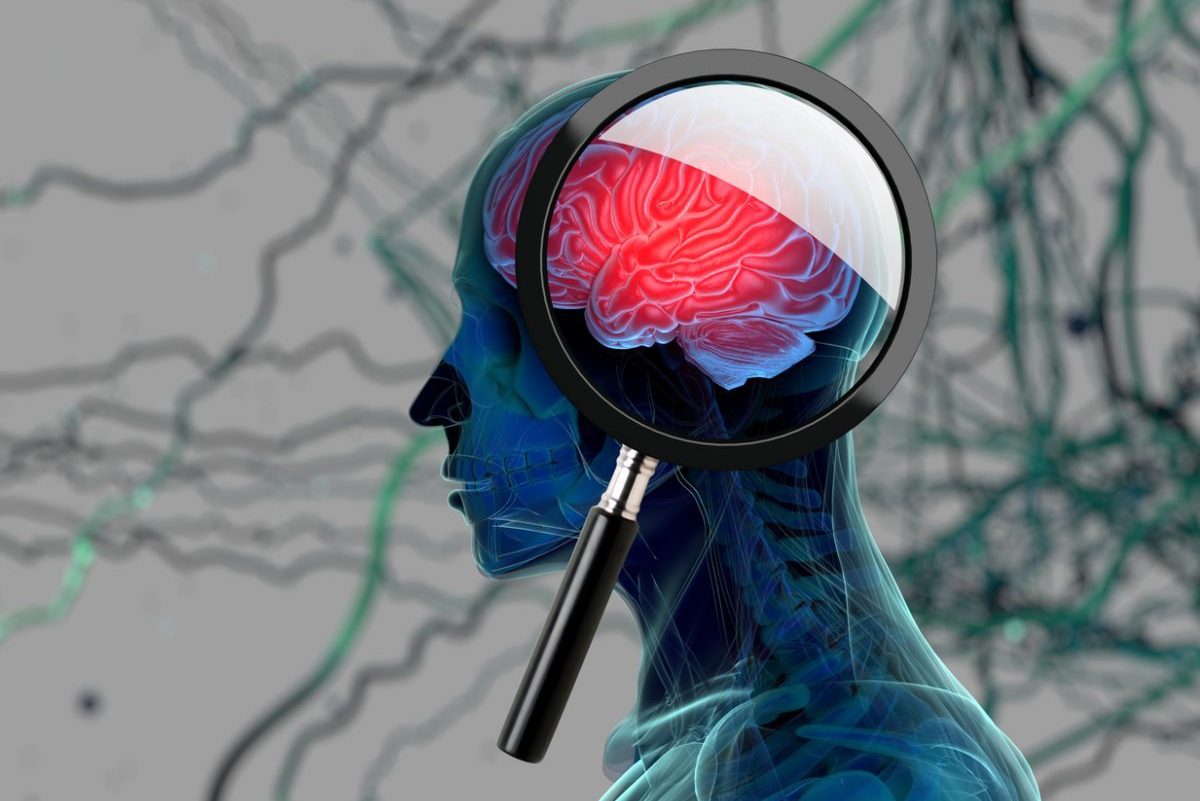Objective: Early childhood (< 3 years of age) is a critical period for neurodevelopment. This study investigated the correlation between early childhood traumatic brain injury (TBI) and subsequent risk of attention-deficit/hyperactivity disorder (ADHD), autism spectrum disorder (ASD), and developmental delay (DD) by analyzing a national-scale cohort.
Methods: Data from the National Health Insurance Research Database, which comprises health care information from > 99% of the Taiwanese population, were analyzed. Children with TBI in their early childhood were enrolled from 1998-2008, and the incidence of subsequent ADHD, ASD, or DD (according to ICD-9 criteria) was assessed and compared with controls without TBI. Patients’ age, number of TBI events, and TBI severity were investigated for the risk of ADHD, ASD, or DD.
Results: A total of 7,801 and 31,204 children were enrolled in the TBI and control cohorts, respectively. The TBI cohort exhibited a higher incidence of subsequent ADHD, ASD, or DD than the controls (all P < .001). Diagnoses of ADHD, ASD, or DD in the TBI cohort were made at a younger age compared with the controls. Cox regression demonstrated the highest hazard ratios (HRs) of ADHD, ASD, or DD with repeated TBI events, severe TBI, and TBI events before 1 year of age, with the exception that the HR of ASD did not significantly increase after repeated TBI (P = .335). In addition, cumulative HRs (> 10 years) of ADHD, ASD, or DD were increased after TBI (all P < .001).
Conclusions: Data from this study suggest that the incidence of ADHD, ASD, and DD significantly increased after TBI events in early childhood (< 3 years of age). The risk factors include severe TBI, repeated TBI events, and TBI at a younger age. The long-term follow-up demonstrated an increased cumulative risk of ADHD, ASD, and DD after TBI.
Members Only Content
This full article is available exclusively to Professional tier members. Subscribe now to unlock the HTML version and gain unlimited access to our entire library plus all PDFs. If you’re already a subscriber, please log in below to continue reading.
Please sign in or purchase this PDF for $40.00.
Already a member? Login




